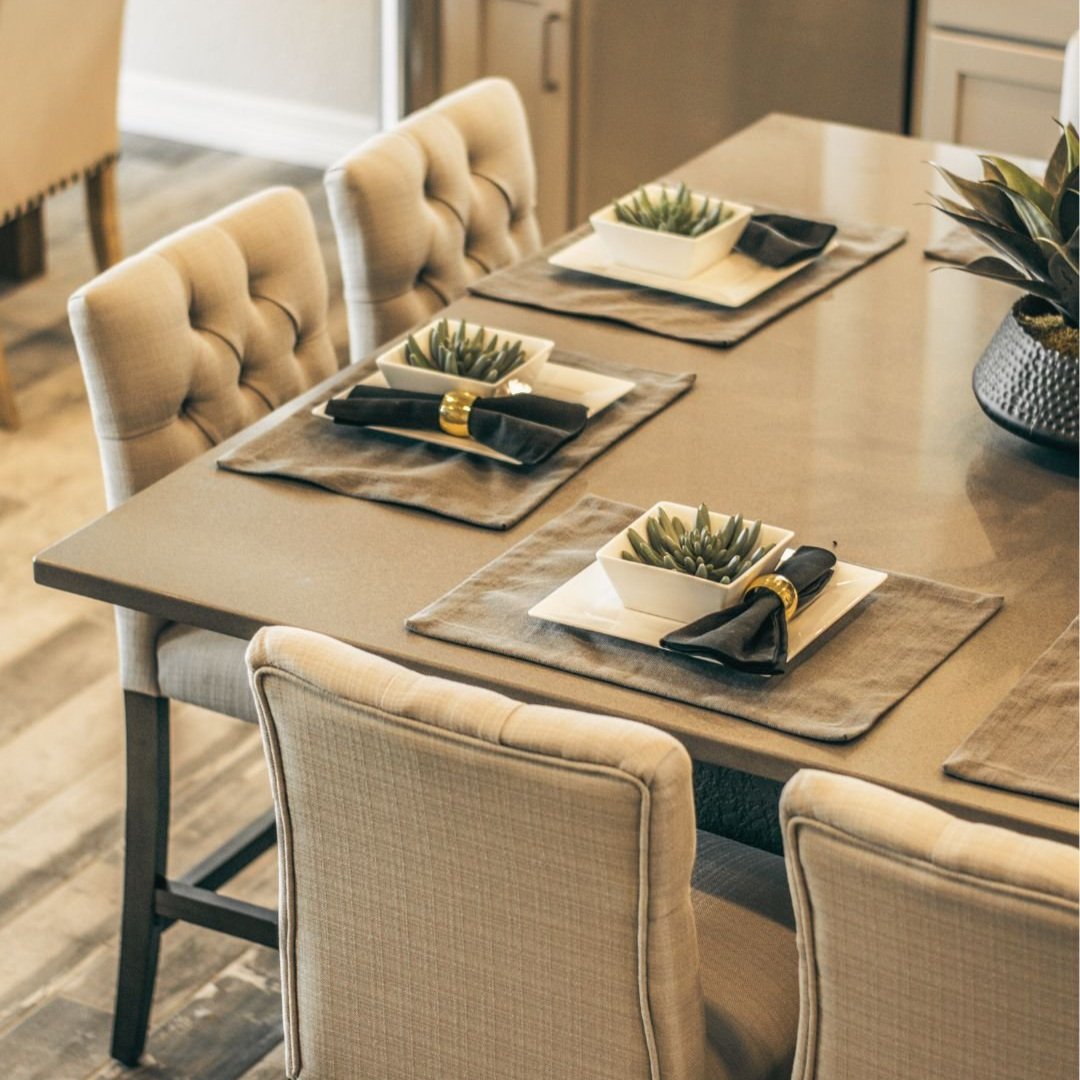Studio Designer vs. QuickBooks for Interior Designers: Finding the Right Fit for Your Firm’s Accounting
/Understanding your interior design firm’s accounting isn’t just about balancing the books—it’s about driving profitability and making informed decisions. The right software can serve to ensure the success of your financial management and provide the necessary organizational structure and insightful analytics crucial for success. We’ll compare two popular accounting platforms – Studio Designer and QuickBooks for interior designers – to equip you with the knowledge needed to make informed decisions and empower your business’s financial health and strategic growth.
Studio Designer vs. QuickBooks for Interior Designers: A Comparison
1. Proposals and Work-in-Progress Stages to Accept Funds from Clients Without Incurring Liabilities
Why it matters:
Accounting software equipped with proposals and Work-In-Progress stages works seamlessly for interior designers’ businesses. This offers the flexibility to accommodate changes like returns, price adjustments, or damaged items, all without expenses hitting your income statement, which can result in sales tax liabilities and other challenges.
After items are approved, many designers request a deposit from their clients — these deposits may be 50% or may be the full cost of the item. It is best practice that this money remains in client deposits on the balance sheet, rather than immediately hitting your income statement.
When money hits your income statement right away, in most localities, you’re obligated to remit sales tax in that same period, even though changes may still occur during this early stage. It’s best to wait until you have the item in your possession or have transferred the possession to the client to recognize the income and expense.
ALSO READ: Accounting Software for Interior Designers: 5 Reasons Designers Need a Purpose-Built Solution
Studio Designer vs QuickBooks for interior designers:
Studio Designer enables designers to send proposals, allowing the designer to receive client funds without immediately incurring income and expenses on their income statement. After items are approved on the proposal and deposits are collected, funds are posted to the Client Deposit Account on your balance sheet, while payments for orders are posted to Vendor Deposits. These transactions remain in progress, allowing for changes to items and projects. Studio Designer invoices can also collect any outstanding balances (e.g., the 2nd 50% or any freight/shipping charges). Amounts only move to your income statement once final invoices are paid by your client.
In contrast, QuickBooks lacks a proposal option. Many designers immediately invoice their orders, meaning income hits their balance sheets directly. Sales tax is paid immediately, which makes it challenging to handle common changes like additional shipping costs, damaged goods, or returns. When changes are required, designers who have already paid the sales tax liability must navigate frustrating adjustments.
Overall:
Studio Designer stands out as the best choice for interior design business accounting, offering proposal options and payment handling that ensures correct revenue recognition and allows for changes to projects and items, without the hassle of upfront sales tax payments.
2. Client Profit Reports to Understand Where and How You Generate Income on Each Project
Why it matters:
Designers should be able to see accurate profits and losses per project to fully understand where money was made, where money was lost, and what changes are needed to increase profitability. While core reports such as balance sheets and income statements offer a broad view of your business, those reports alone may not delve deeply enough to reveal how each individual project is performing.
Studio Designer vs. QuickBooks for interior designers:
Both platforms offer core reporting functionality:
Balance Sheet
Income Statement (P&L)
Trial balances
Journal Entries
General Ledger
Client Deposits
Vendor Deposits
Accounts Receivable
Accounts Payable
Full Reconciliation
However, an important report immediately accessible in Studio Designer is the Client Profit report, which allows you to see your profit and loss one project at a time. On the Studio Designer platform, simply select a client and a date to view all your income (broken out by furniture, accessories, time billing), your expenses (broken out by cost of goods, administrative expenses), and your net profit and loss. This provides designers with an in-depth look at the profitability of their projects.
For example, if a designer completes a project and, upon viewing her Client Profit report, realizes she has lost money on fabric, she can increase her markup on future projects to try to boost profitability. From this same report, she can also identify that she is making more money in furniture than accessories and can decide to investigate which brands of furniture were most profitable so that she can source them for her next project.
Studio Designer makes Client Profit reports possible with an easy-to-use way of classifying goods as designers add them to the system. Income is recorded on the project level and broken down into specific types (e.g., furniture, fabric, wall coverings, accessories, labor, freight). When it’s time to generate reports, there is no need to retroactively assign a classification to your items or worry that funds have been applied to the wrong client – all this information already exists in your Studio Designer software.
ALSO READ: Tips and Tricks to Streamline Your Workflow with Custom Reports
Most QuickBooks users do not record these crucial details. Designers often overlook the breakdown of expenses and costs of goods, resulting in funds arriving as an unspecified lump sum. This means designers may know the total amount of money their businesses made, but they can’t discern how and where they made money on each project. If you want to view the equivalent of a Client Profit report in QuickBooks, there are labor-intensive, manual workarounds, making it difficult for designers to access this important information easily. Studio Designer automates this process of classifying funds, making this report instantly accessible from the platform.
Overall:
Studio Designer offers comprehensive financial reporting, including the exclusive Client Profit report, which provides designers with invaluable insights into project profitability by breaking down income and expenses by client, facilitating informed decision-making and boosting overall business performance.
3. Project Worksheets to Examine Your Profitability by Room, Item, Vendor, and More
Why it matters:
Understanding your accounting means understanding how to run a profitable business. Advanced project-based reports can give you instant access to your performance with each client, with each item, with each vendor. With this type of advanced reporting, you gain insights that make a big impact on your business.
Studio Designer vs. QuickBooks for interior designers:
Studio Designer sets itself apart – not just from QuickBooks, but from all other accounting software – by the platform’s ability to quickly generate detailed, customizable reports for every project. Studio Designer assesses finances on…

































